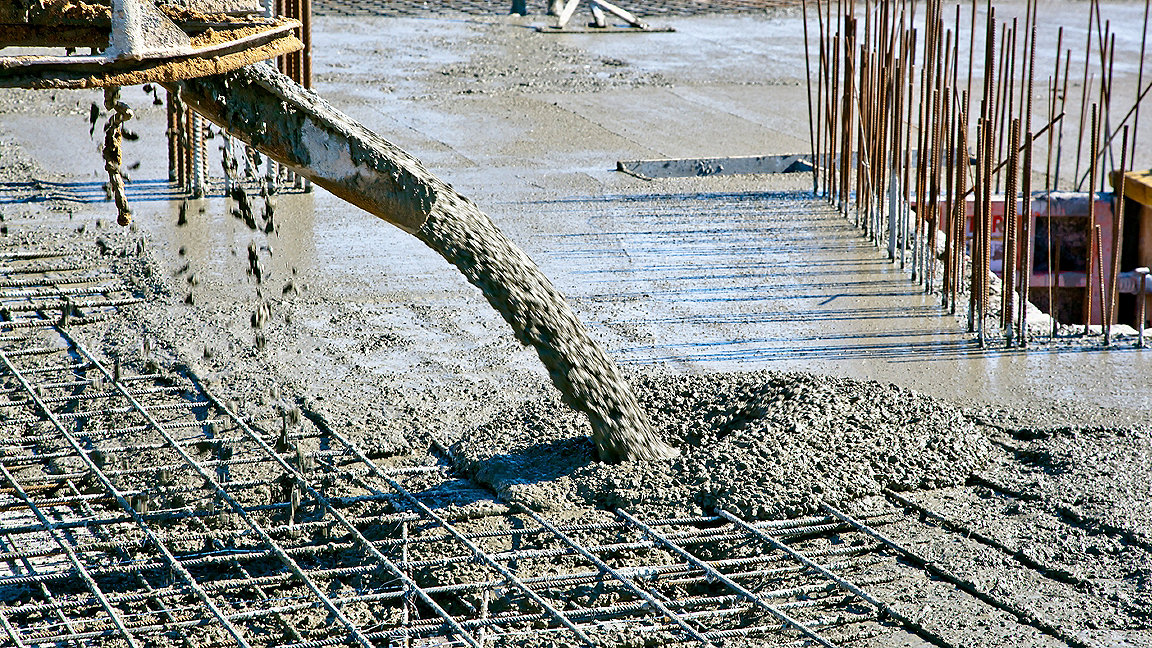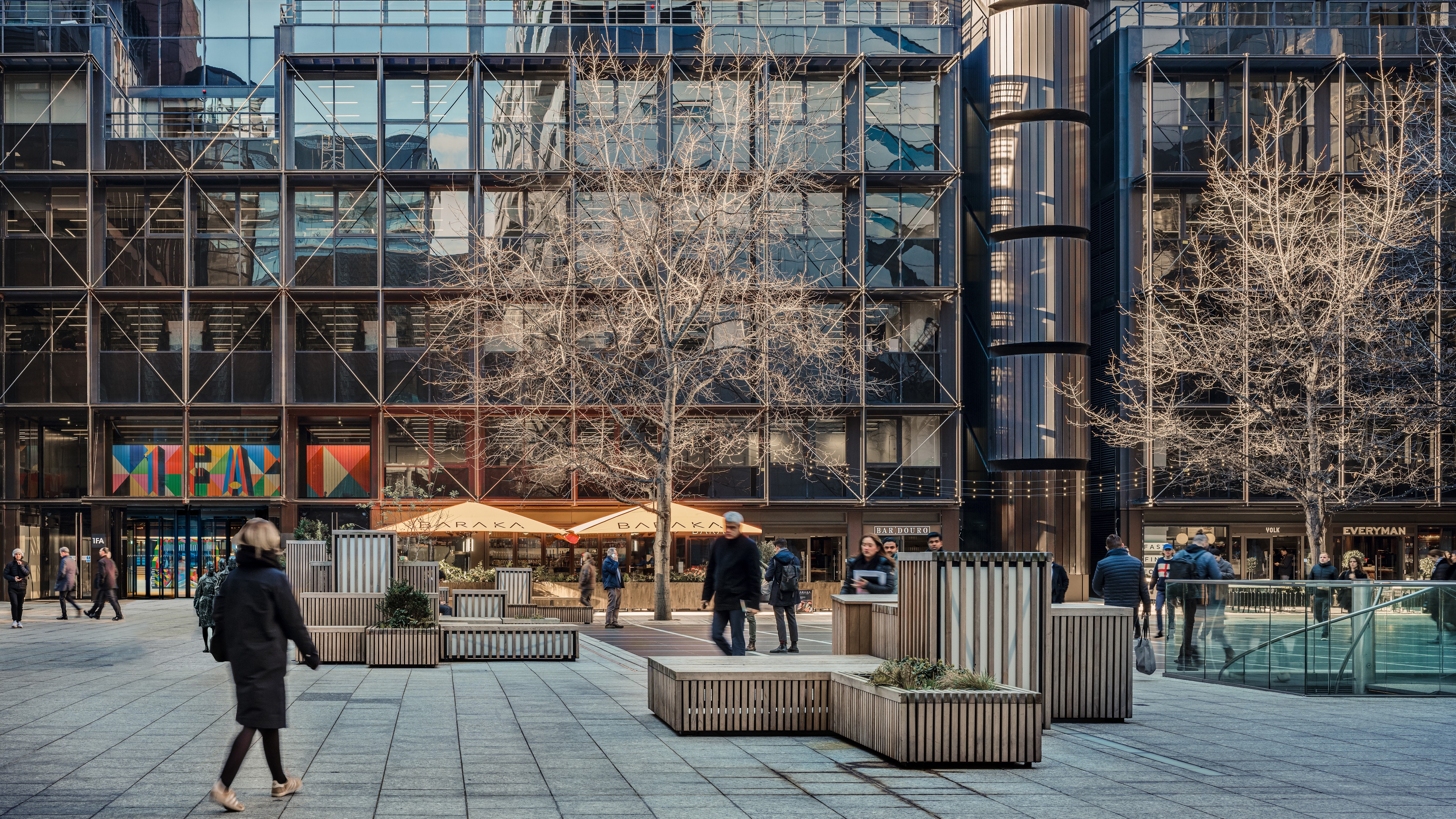
Once a largely hypothetical concept, stranded assets – and, in particular, how to avoid them – are now a common subject for built environment professionals.
An asset becomes stranded when, thanks to changes in the demands on the built environment, as well as society's expectations of it, it can no longer provide an economic return.
Changes to the physical environment caused by rising temperatures and society's response to the climate emergency could quickly strand some buildings, whether existing or newly built. This could then directly and indirectly affect investment strategies – with the potential to turn assets into liabilities.
Are portfolios fit for the future?
The risk that properties don't meet carbon performance requirements or are reliant on fossil fuels is currently front and centre in our minds; and, naturally, is prompting efforts to make building stock more sustainable. It has led proactive developers and asset owners to appraise their portfolios and consider what they need to do when adapting existing properties or building new projects.
For instance, I recently spoke to a developer that had assessed all buildings across its 80-strong portfolio in London. Energy performance was a key criterion, and buildings with extensive glazing or mechanical and engineering systems that could not be easily replaced or retrofitted were considered to be likely future stranded assets.
Given the UK government's proposals to raise minimum energy efficiency standards across commercial lettings still further, it is logical to assume more buildings will become too costly to retrofit. As all structures will need to be more easily repurposed or refitted in future to minimise the risk of stranding, it is essential that this should be a key design consideration now.
Resilience proves critical to insurance
Yet I believe the notion of stranding should not be solely about energy or carbon performance. We need to think more carefully about all the wider environmental and social purposes of the built environment today, and in particular the way requirements are likely to change as the climate does. If we do not do so soon, then the risk of stranded assets will only be greater.
A building's resilience and potential for adaptability to cope with the growing risk of overheating and external threats must be key considerations. For example, a top priority for insurers now is to determine how resilient buildings are to events such as fire and flooding. They have to consider how much of the building would be lost in these circumstances, and the time and costs of rebuilding or repair to bring it back into use again.
Material choice enables long-life, lower-carbon buildings
Investors as well as insurers need to be more aware of construction materials – not just in terms of carbon performance, but also their resilience and fire performance.
All too often, the debate on sustainable construction materials is divided into binary good and bad and not informed by their in-use performance. In my opinion, if the potential for stranded assets is to be avoided there must be a consideration of the best materials to reduce whole-life carbon, as well as achieving resilience, functionality and safety.
Indeed, I recently attended a property event where developers and members of the supply chain were asked whether they felt concrete construction would be likely to create a stranded asset. The answer was a resounding no.
Concrete's resilience and durability means it can be used to design sustainable, long-life buildings that are safe, comfortable and well suited to adaptation and repurposing – and hence low risk.
'All too often, the debate on sustainable construction materials is divided into binary good and bad and not informed by their in-use performance'
Risks reported on mass-timber structures
In February 2022, insurance research organisation RISCAuthority published a white paper on the risks presented by mass-timber structures on behalf of 24 firms, including Aviva, Axa and Zurich.
The report identified the insurance sector's particular concerns about some forms of lightweight, modern methods of construction, because some of these had suffered more extensive damage during fires with whole buildings lost in certain cases.
Although the document acknowledged 'the resilience associated with more traditional non-combustible methods of construction', it quite rightly did not seek to categorise materials as simply good or bad. Instead, it set out the potential for more hybrid construction that could, for example, provide alternate floors made of concrete with those made of timber to limit the likely extent of water or fire damage.
The paper also suggested that one sensible, responsible design choice might be to build the primary structure's stairwells and lift shafts from non-combustible materials, such as concrete, that have a proven safety record.
The debate about the sustainability of our current and future built environment must be informed by a greater desire to understand the whole-life performance of buildings. Detail and transparency on the proven performance of all materials must be part of the conversation.
Chris Leese is a chair at MPA UK Concrete and a special adviser, health and safety at Mineral Products Association
Contact Chris: Email
Related competencies include: Construction technology and environmental services, Sustainability

